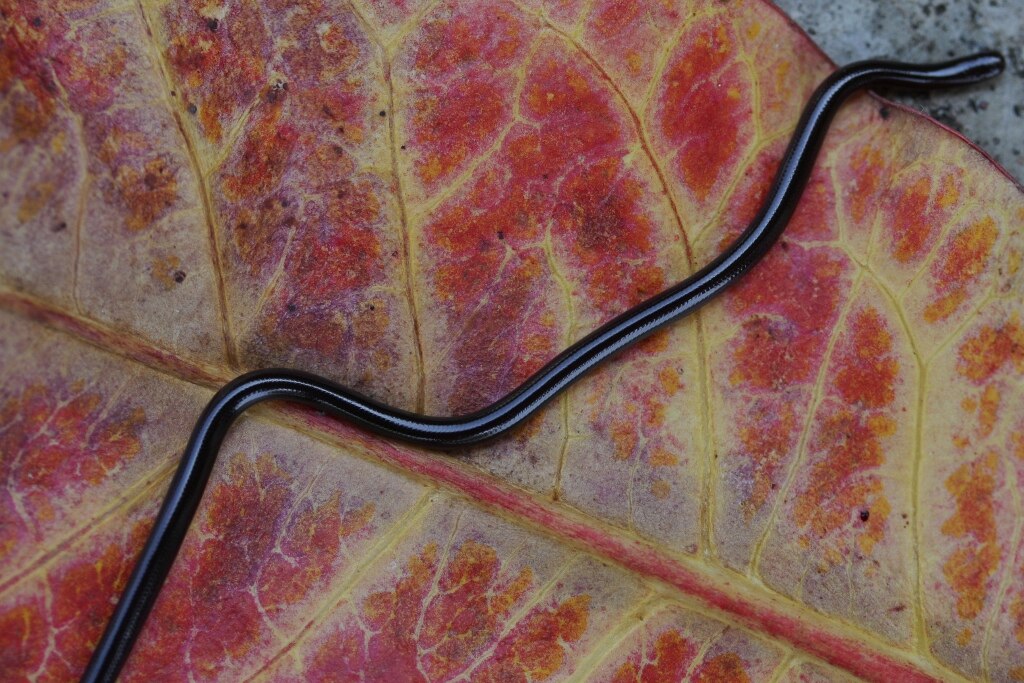Selecting the right enclosure for your pet snake is one of the most crucial decisions you’ll make as a reptile owner. Unlike mammals that can communicate their discomfort more obviously, snakes rely on their environment to meet their physical and behavioral needs. Tank size directly impacts your snake’s health, stress levels, and overall quality of life. This comprehensive guide will help you understand how to match enclosure dimensions to your snake’s specific activity level, ensuring they have enough space to thrive while maintaining their sense of security.
Understanding Snake Activity Patterns
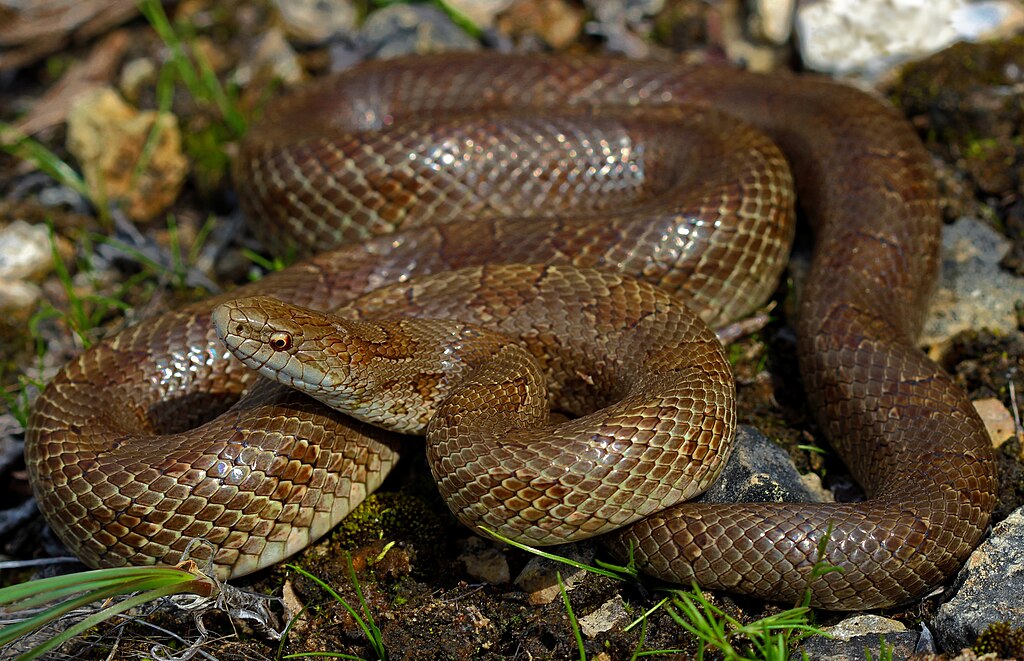
Snakes exhibit varying activity levels depending on their species, age, and individual personality. Some species are highly terrestrial, spending most of their time exploring ground level terrain. Others are semi-arboreal or fully arboreal, naturally inclined to climb and explore vertical spaces. Certain species like ball pythons tend to be more sedentary, while others such as corn snakes and king snakes display higher activity levels with regular exploration. Understanding your specific snake’s natural behaviors is essential to providing an appropriately sized habitat. A mismatch between enclosure size and activity needs can lead to stress behaviors such as excessive hiding, glass surfing, or abnormal feeding patterns.
The Minimum Size Rule
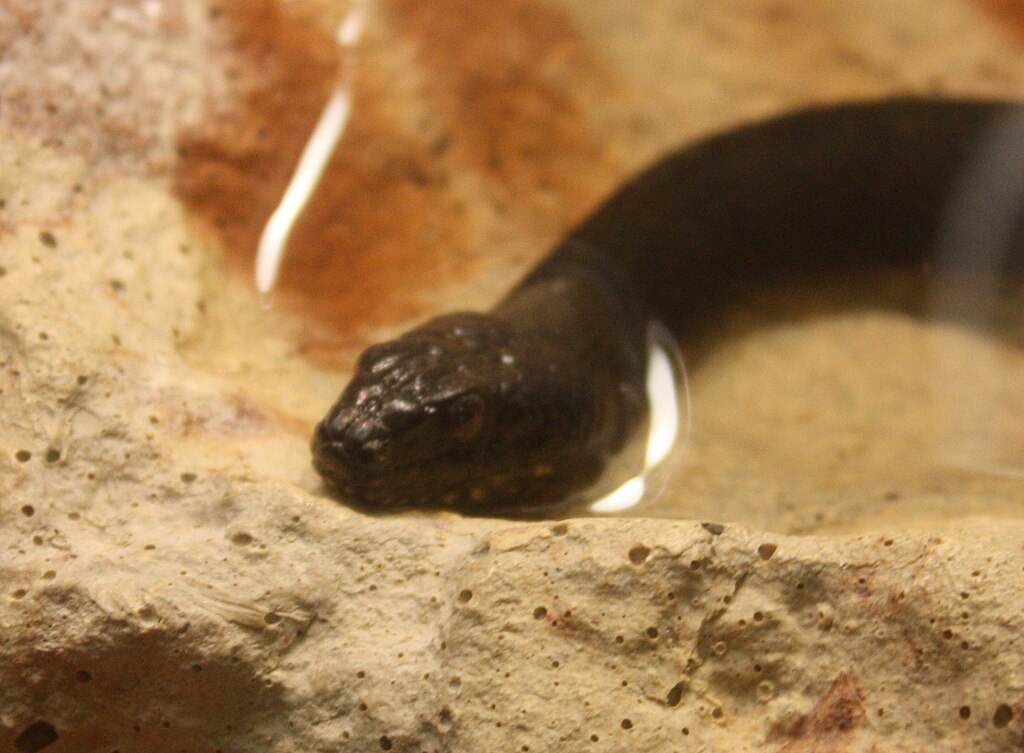
A widely accepted baseline rule in the reptile keeping community is that a snake’s enclosure should allow the animal to fully stretch out along at least two sides of the tank. For example, if you have a 3-foot snake, the minimum enclosure dimensions should be 3 feet long by 1.5 feet wide. However, this represents the absolute minimum, not the ideal. More active species will benefit significantly from additional space beyond this baseline measurement. Remember that while wild snakes traverse large territories, captive specimens rely entirely on keepers to provide adequate space for natural behaviors, making proper sizing crucial for both physical and psychological health.
Assessing Your Snake’s Individual Temperament

Even within the same species, individual snakes can display markedly different activity levels and temperaments. Observe your snake’s behavior patterns for at least a few weeks to gauge their personal activity level. Does your snake constantly explore when out of hiding, actively using all available space? Or does it prefer remaining hidden most of the time, emerging primarily to eat or thermoregulate? A highly curious, active individual should be given more space than the minimum recommendation, while a naturally more reclusive specimen might be comfortable with something closer to the standard guidelines. Tracking your snake’s movement patterns during different times of day can provide valuable insights into their space needs.
Tank Dimensions for Sedentary Species

Species like ball pythons, blood pythons, and some boas are relatively sedentary by nature. For these less active snakes, an enclosure with a length equal to the snake’s total length plus half that measurement in width often suffices. For example, an adult male ball python averaging 3-4 feet would do well in a 4’L × 2’W × 1.5’H enclosure. However, even with less active species, providing additional space rarely has downsides as long as you include ample hiding spots. The misconception that larger enclosures stress sedentary snakes has been largely debunked by experienced keepers who find that properly furnished larger enclosures can benefit even shy species by allowing more thermal gradient options.
Tank Dimensions for Moderately Active Species
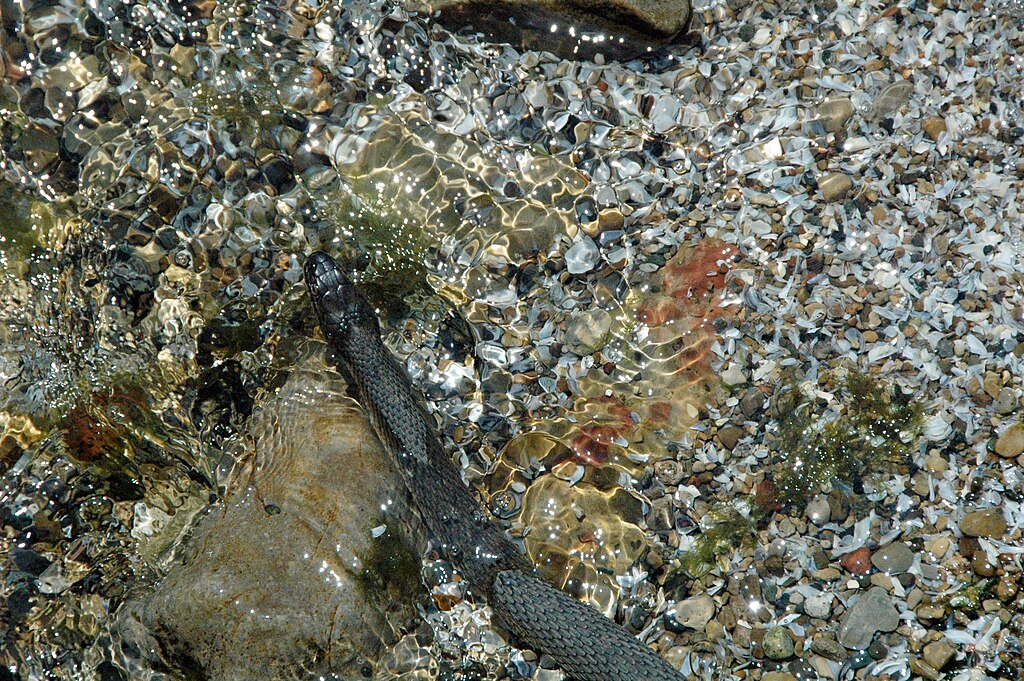
Corn snakes, milk snakes, king snakes, and many colubrid species display moderate to high activity levels, actively exploring their environments daily. For these species, a minimum enclosure size should be the snake’s length for the longest dimension and at least half that length for width. However, providing even more space often results in increased natural behaviors and better overall wellness. For example, an adult 5-foot corn snake would thrive in an enclosure measuring at least 5’L × 2.5’W × 2’H, with even larger dimensions being beneficial. These species particularly appreciate additional enrichment items like climbing branches, multiple hiding spots, and varied substrate depths that support their natural curiosity.
Tank Dimensions for Highly Active Species

Certain snake species display notably high activity levels, including racers, whip snakes, and many arboreal species like green tree pythons and emerald tree boas. These highly active snakes require significantly more space than the minimum recommendations. A good rule of thumb is to provide an enclosure with a length of at least 1.5 times the snake’s total length and a width of at least 0.75 times their length. Height becomes particularly important for arboreal species, which should have vertical space at least equal to their body length. These active species benefit tremendously from complex environments with multiple climbing opportunities, varied perch thicknesses, and strategically placed hiding spots throughout all levels of the enclosure.
Considering Growth Rate in Young Snakes

When selecting an enclosure for a juvenile snake, you face two options: start with a smaller, appropriately sized tank and upgrade as your snake grows, or invest in the final adult-sized enclosure upfront. For rapidly growing species like corn snakes and ball pythons, many keepers find that starting with a smaller enclosure helps juveniles feel secure and locate food more easily. However, this approach requires multiple tank purchases over time. Alternatively, using tank dividers in a larger adult enclosure can create appropriately sized spaces that expand as your snake grows. Whichever approach you choose, plan for at least 2-3 enclosure upgrades during your snake’s first two years for most commonly kept species.
Balancing Security and Exploration

When providing larger enclosures, the key to success lies in balancing open exploration space with security elements. Snakes naturally seek secure, confined spaces that mimic burrows or rock crevices in the wild. In larger tanks, incorporate multiple hiding spots positioned at different temperature zones, ensuring your snake can thermoregulate while still feeling protected. Create visual barriers using plants, cork bark, or decorations that break up open spaces into discrete sections. This arrangement allows your snake to move between areas while maintaining a sense of security. The “many hiding spots” approach is particularly important for naturally shy species housed in larger enclosures, as it prevents stress while still providing exploration opportunities.
Impact of Tank Shape on Activity
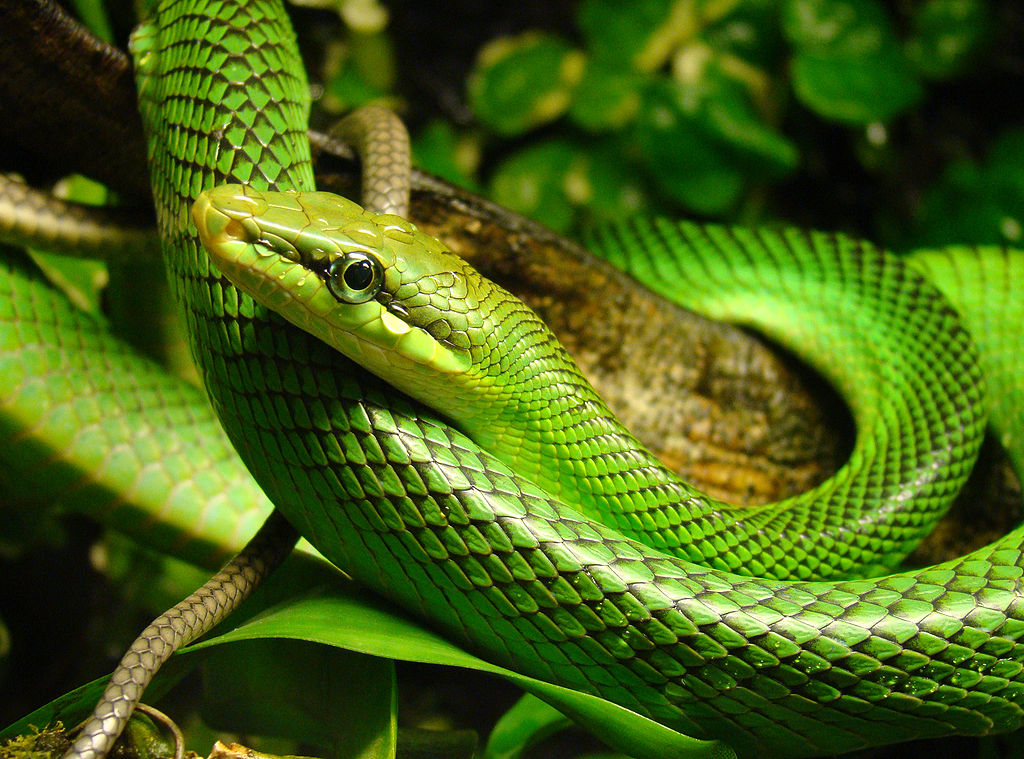
The shape of your snake’s enclosure can be as important as its overall volume. Long, rectangular tanks generally serve most terrestrial species better than cube-shaped enclosures of equal volume, as they provide greater linear distance for movement. Conversely, arboreal species benefit from taller enclosures with substantial vertical space. Consider your snake’s natural habitat and movement patterns when selecting tank dimensions. For instance, a terrestrial species that naturally explores ground territories will utilize floor space more effectively than vertical space. Some specialized enclosures now offer hybrid designs with both terrestrial and climbing zones, which can be ideal for semi-arboreal species like rat snakes that utilize multiple habitat types.
Signs Your Tank May Be Too Small
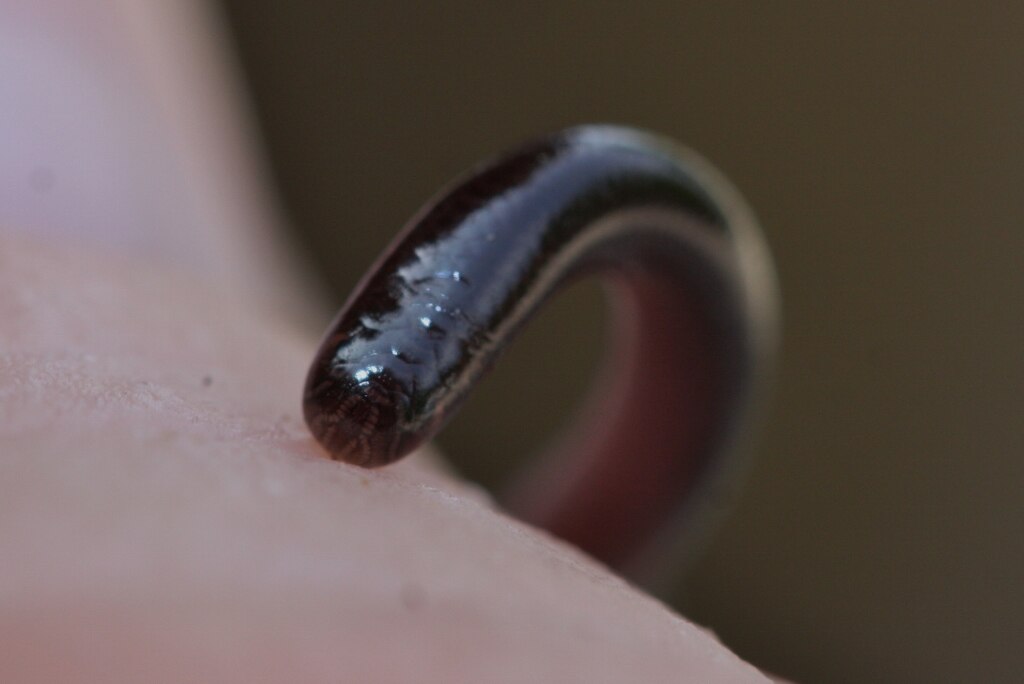
Several behavioral indicators suggest your snake might need a larger enclosure. Constant perimeter searching or “glass surfing” where your snake repeatedly moves along the glass walls can indicate insufficient space. Unusually frequent escape attempts, inability to form a full coil when resting, or difficulty turning around comfortably are also concerning signs. Some snakes develop abnormal muscle tone or rostral abrasions from constantly pushing against enclosure boundaries. Weight management issues can also develop in constrained environments where normal movement patterns are restricted. If you observe these behaviors consistently, consider upgrading to a larger enclosure that better accommodates your pet’s activity needs.
Financial and Space Considerations

Larger enclosures represent a greater initial investment both financially and in terms of household space. Custom-built or premium commercial enclosures for larger species can cost several hundred dollars. However, this investment typically translates to improved animal welfare and fewer health issues over time. If budget constraints are a concern, consider DIY options like converted furniture, plastic storage tubs (with appropriate modifications), or PVC enclosures, which can provide appropriate space at lower cost. Remember that larger enclosures also require more heating elements, substrate, and decorations to create proper temperature gradients and environmental enrichment, so factor these ongoing costs into your planning.
Enrichment as a Space Multiplier
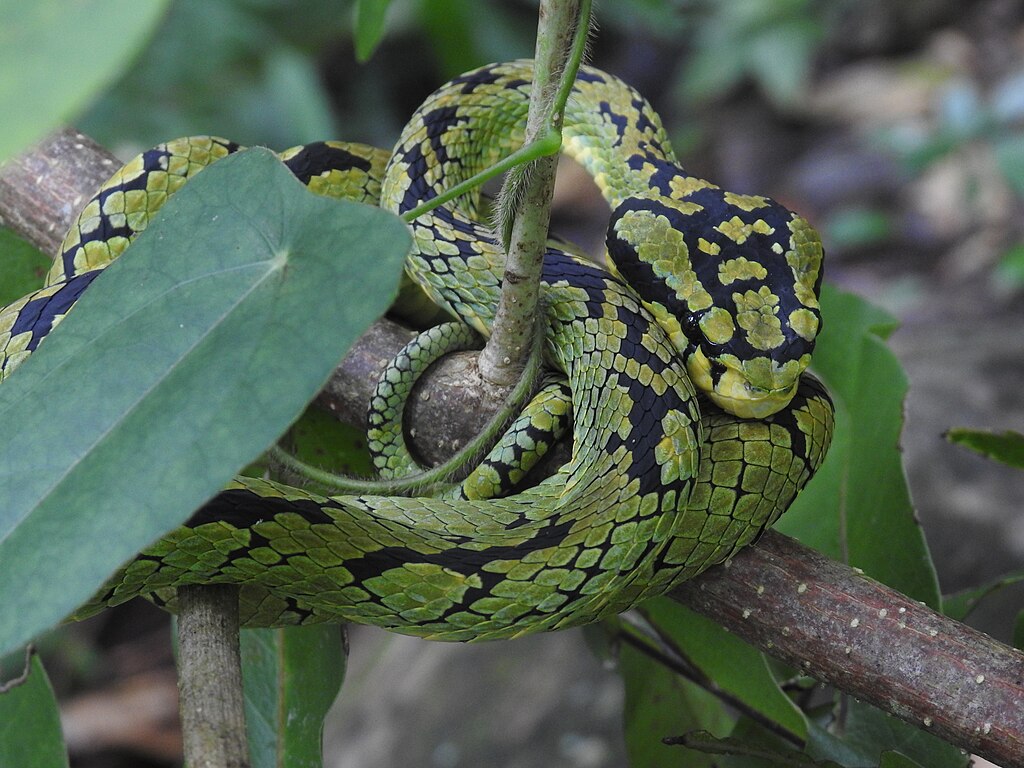
While physical dimensions are crucial, the effective usable space in an enclosure can be significantly increased through proper enrichment. Strategic placement of climbing branches, hammocks, shelves, and other features can essentially “multiply” the functional space available to your snake. Arboreal species particularly benefit from a network of secure branches at various heights, creating multiple pathways through the enclosure. Even primarily terrestrial species often appreciate some climbing opportunities. Varying substrate depths to allow burrowing in certain areas adds another dimension to the enclosure. This three-dimensional approach to habitat design can partially compensate when absolute maximum dimensions aren’t possible due to space limitations in your home.
Adapting Through Observation

The most valuable tool in determining appropriate enclosure size is consistent observation of your specific snake. Keep a journal of activity patterns, noting when your snake is active versus resting, which areas of the enclosure it uses most frequently, and any changes in behavior following enclosure modifications. Some snakes become noticeably more active and display more natural behaviors when moved to larger quarters, while others may initially seem overwhelmed before adapting. Be prepared to make adjustments based on your observations, potentially adding more security features if your snake seems stressed in a larger space, or considering further upgrades if activity seems constrained. Remember that responsible snake keeping involves continually learning about your specific animal’s needs and preferences.
Selecting the appropriate tank size based on your snake’s activity level represents a balance between providing adequate space for natural behaviors while ensuring your pet feels secure. By understanding your specific snake’s species requirements, individual temperament, and growth trajectory, you can create an environment that promotes physical health and natural behaviors. Remember that while minimum guidelines provide a starting point, many snakes benefit from enclosures that exceed these baselines, particularly when properly furnished with hiding spots, climbing opportunities, and environmental enrichment. Through careful observation and willingness to adapt your approach, you can create a captive habitat that allows your snake to thrive for years to come.

